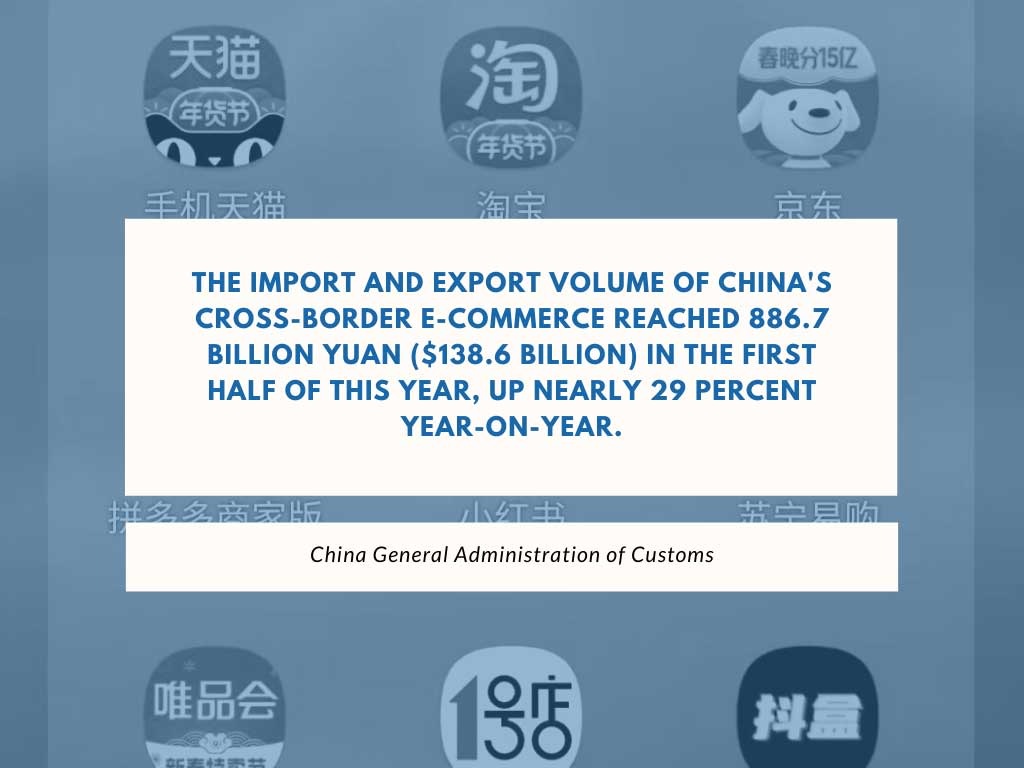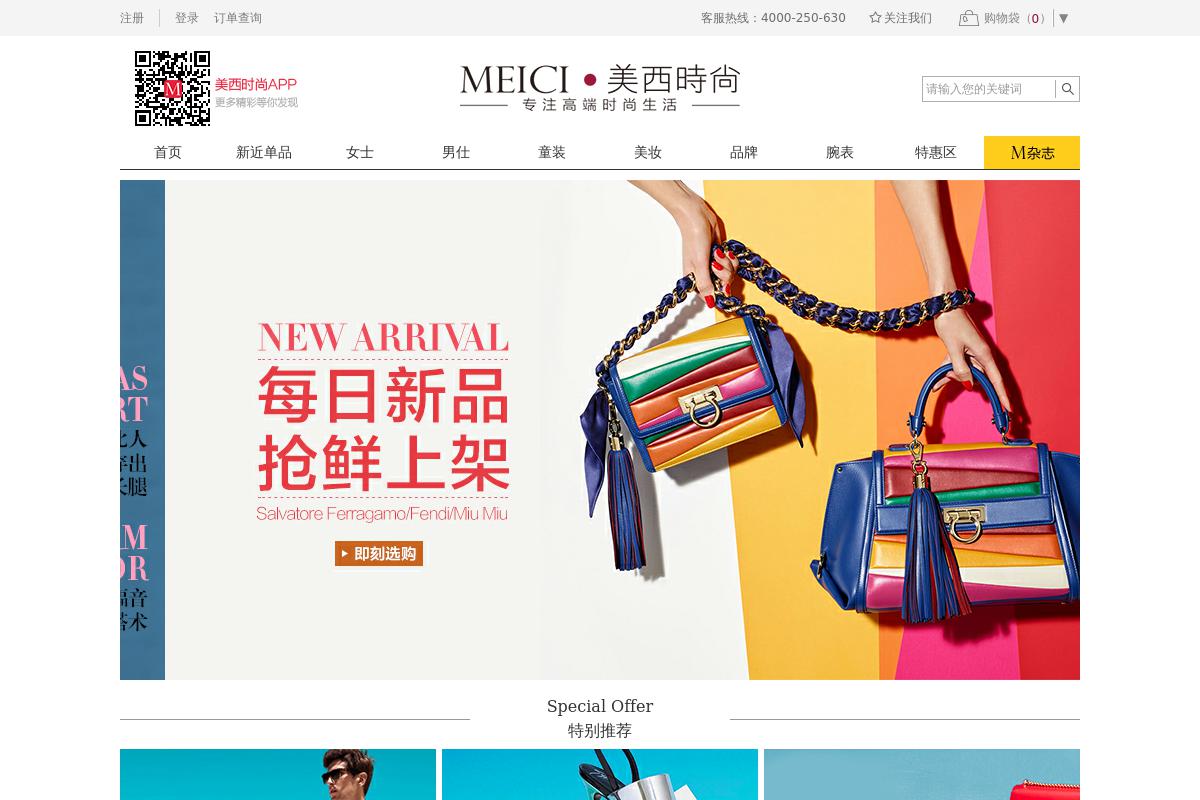Imagine stepping into the world’s leading stage of online fashion, where the Chinese Apparel Market reigns over 70% of Chinese individuals already embracing online clothing purchases. The question that beckons: How can global fashion brands elegantly weave their E-Commerce narrative into China’s vibrant fabric?
What an intriguing puzzle to solve, for it’s a journey not without its twists and turns. Amid China’s 6.3%+ economic growth in Q2 2023, surprises abound. The ascent of the new Chinese middle class continues, and their affinity for online shopping has undiminished. The allure of foreign brands remains ever-strong, an enchanting vista for luxury and fashion mavens. It’s a crossroads where global aspirations meet local tastes.
Need a cost effective TP (Tmall Partner) to sell in China?
We are an Official Tmall Partner e-commerce Agency. Our Services: E-Commerce, Search Engine Optimization, Advertising, Weibo, WeChat, WeChat Store & PR.
So, back to our initial question: How does an international apparel brand navigate this intricate realm, fostering their E-Commerce dreams in China’s bustling market? The answer, my friend, is far from a simple formula, but rather an intricate dance of culture, innovation, and consumer connection.

Unveiling the Numbers: Chinese E-Commerce in Focus
- Chinese consumers bought 3.085 trillion US dollars of products online in 2022.
- There was an increase of 71.21% from 2018 according to the National Statistics Office in China. In the US, online sales totaled $ 1.04 trillion in 2022. China is by far the largest e-commerce market in the world.

Brands and overseas traders contributed to the growth in China. Indeed, there is a strong demand in the Chinese middle class for foreign products such as Apple iPhone, Wal-Mart stores, imported food, and brand ready-to-wear foreign.
Among one of the e-commerce market growth factors is the possibility for Chinese consumers living in villages far from the city to have access to all the same products abroad. These Chinese consumers are now very often connected to the Internet from their mobile.

- In 2022, China had 1.05 billion Internet users
- About 98% of them, approximately 1.03 billion were connected from their smartphones according to the Information Center of China Internet.
- Just during the festival of Alibaba’s Singles’ Day in November, Chinese consumers bought $36.7 billion of goods and 80% of these sales were made from mobile.
- In fact, 293 million Internet users live outside of major Chinese cities in 2022. The marks must further encourage these consumers to shop. Alibaba built 100 000 service centers in small towns and villages to help people buy online or become traders as 8 million sellers on Taobao.
Key E-Commerce Platforms in China
Alibaba Group: Taobao and Tmall
Taobao is a bustling bazaar where anyone and everyone can set up shop. It’s like a treasure hunt where you find everything from unicorn slippers to artisanal teas. Taobao’s free-spirited, flea-market vibe attracts a diverse range of sellers and buyers.
But wait, there’s more! Tmall is like the elegant older sibling – it’s for official stores of established brands. If you’re all about that brand reputation, Tmall is your golden ticket. And let’s talk about Singles’ Day (11.11) – it’s like Christmas, Black Friday, and Cyber Monday combined! Alibaba’s creation has turned into a massive shopping carnival, and if you’re not part of it, you’re missing out on some serious digital fireworks.

JD.com
Alright, imagine JD.com as the tech-savvy department store that’s open 24/7. If you’re into a more reliable, polished shopping experience, JD.com is your buddy. It prides itself on authentic products and fast delivery. If Taobao is the bustling bazaar, JD.com is the swanky shopping mall – where you can trust that Gucci bag isn’t a Goochi knockoff.

Pinduoduo
Now, let’s switch things up. Ever heard of group buying? Pinduoduo has turned shopping into a social event. Imagine getting your pals together for a digital shopping spree. The more people buy, the lower the price drops. It’s like a shopping game where you unlock discounts with your friends. Clever, right?

Social Commerce Platforms
Get ready for the social media infusion! WeChat Mini Programs are like bite-sized apps within WeChat – China’s do-everything super app. From shopping to booking flights, it’s all in there.

And then there’s Xiaohongshu, also known as RED. It’s a visual wonderland where users share shopping tips and experiences. Imagine Pinterest and Instagram had a Chinese cousin with a shopping addiction – that’s RED!

So, dear trailblazing brands, there you have it – the power players in the Chinese e-commerce theater. Remember, it’s not just about showing up; it’s about understanding the vibe, speaking the language (both literal and cultural), and embracing the quirky dynamics that make this market thrive. Time to sprinkle some global magic into the mix!
Strategies for Successful Market Entry
Cross-border E-commerce
Cross-border e-commerce is your ticket to the international shopping extravaganza. Picture this: your products nestled in bonded warehouses, awaiting their grand debut. These warehouses are like enchanted portals that magically bridge the gap between borders, reducing delivery times and customs hassles.
Streamlining import processes is the secret spell that keeps the magic flowing smoothly. Navigating customs and regulations can be like solving a puzzle, but with the right partners and expertise, you’ll be the master of this grand adventure.

Partnering with Local Influencers and KOLs
In the enchanting land of Chinese social media, local influencers and KOLs are the wizards who hold the key to popularity. These modern-day fairy godmothers wield the power of recommendation and relatability. Imagine them waving their wands (or rather, their smartphones) to introduce your brand to their vast following.
Their endorsement is your golden ticket to visibility and credibility. But remember, it’s not just about a transaction – it’s about forging genuine partnerships that resonate with your brand’s story and values.

Localizing the Shopping Experience
Imagine walking into a foreign market and realizing nobody speaks your language – it’s quite disorienting, right? In the digital world, language support is your way of saying “welcome” to your potential customers. Offering your platform, product descriptions, and customer service in Chinese is like rolling out the red carpet for visitors.
And when it comes to payments, Alipay and WeChat Pay are the preferred currency in this enchanted kingdom. They’re the magic coins that grant you access to the treasure trove of consumer spending.

Understanding and Complying with Regulations
Navigating a new land always comes with its rules, and China is no exception. The trick here is to approach these regulations as gateways to success rather than hurdles. Ensuring your products have the right certifications and labels is like equipping your ship with the right navigational tools to traverse uncharted waters.
As for data privacy and security laws, they’re the guardians of trust in the digital realm. By prioritizing data protection and adhering to local laws, you earn the loyalty of your customers and build a castle of credibility.
In your quest for e-commerce supremacy in China, remember that these strategies are the tools in your treasure chest. Combine them with your brand’s unique magic, and you’ll create an unforgettable saga that resonates with Chinese consumers. Adapt, learn, and embrace the intricacies of this enchanting market, and you’ll leave a mark that will stand the test of time.
Building a Strong Online Presence
Content is King
Imagine a realm where the power of captivating content reigns supreme. Visualize your products bathed in the spotlight of high-quality images and videos, each frame capturing their exquisite details. Through this visual magic, the ordinary is transformed into pure enchantment. But there’s more to the tale. Intertwine brand storytelling to craft a narrative that resonates deeply with your audience. Weave stories of craftsmanship and the journey of creation, letting customers in on the emotions your products evoke. These stories form the threads that bind customers to your brand, creating a lasting connection.
Now, picture a Chinese homepage as a portal to your brand’s universe. Just as an alchemist transforms elements, your website should resonate with the aesthetic and cultural sensibilities of your Chinese audience. It’s like a warm welcome to your enchanted realm, where customers can explore and immerse themselves in your brand.
Additionally, consider the power of Baidu SEO. Think of it as planting seeds that make your brand’s presence flourish in the vast garden of Chinese search engines. When potential customers speak their wishes through a search query, your website should shine like a guiding star, leading them to discover the treasures you offer.
By seamlessly blending these enchantments, you create an experience that draws customers into a world where products are more than just items – they’re pieces of magic waiting to be discovered.

Leveraging Social Media Platforms
Imagine your brand as a dazzling performance and social media platforms are the grand stages where you perform. WeChat, the multifunctional magician; Weibo, the charismatic charmer; Douyin (TikTok), the whimsical wonderland – they’re all waiting for your entrance.
These platforms are your portal to connecting, engaging, and seducing your audience. Let them witness the magic behind the curtains and be a part of your journey.

Incorporating User-Generated Content
Now, here’s where the true magic happens – the power of user-generated content. Imagine your customers becoming ambassadors, sharing their stories through reviews and testimonials. These testimonials are like potions that build trust and authenticity, paving the path for others to follow. And for an extra dash of excitement, conjure up interactive campaigns and challenges. It’s like hosting a magical treasure hunt, where participants journey through your brand’s world, solving riddles and sharing their triumphs.
By merging these elements, you create a tapestry of enchantment that draws customers into your brand’s universe. Each piece of content is a brushstroke, contributing to the masterpiece that is your online presence. So, crafters of compelling stories, remember: the secret lies in creating content that’s not just seen but felt, not just consumed but experienced. May your digital realm be one where your customers willingly lose themselves, forging connections that transcend screens and leave an indelible mark. Onward, digital sorcerers!

Case Studies on Tmall
Tmall is a B2C e-commerce platform its offer is vast and diverse, but still heavily focused on fashion. When you visit the site, you can see the different categories which allow consumers to switch from one category to another and see the many products offered on the site.

Burberry

With its typical British luxury appeal, Burberry reported great success in China. In addition to having already opened 78 stores in 36 cities in China and its official online website, the brand launched its official online store on Tmall. The choice may seem surprising, but this is a very good strategy to reach Chinese consumers and consolidate the Chinese market.
Given the disappointing results of retail offline, Burberry decided to enjoy the thirst for high-end products and online luxury Chinese consumers, boosted by the outstanding performance of the entire e-commerce market. In addition, by increasing its online presence through official channels, the brand takes the risk to greatly reduce the gray market power of fake Burberry products.
The official online store on Tmall Burberry follows the same visual rules that the official website of the brand, dividing products into the different sections of the top menu tab and in the middle of the home page.
Rado

Rado’s Swiss watch brand was also launched in the Chinese e-commerce market. It has opened its official online store on Tmall. which is the only official online store in China.
The focus is on the female collection Jubilee followed by all other collections by scrolling down.
Tmall is the Chinese official online store of Rado, which is why it is pretty complex, with multiple sections. Thus the entire collection of the brand is available, and also the pages of information related to the brand’s history as well as famous celebrities wearing the watch.
Meici.com

Meici.com aims to bring the latest fashion trends and innovative shopping experiences online to Chinese customers through digital platforms. It is among the first luxury e-commerce companies, and it creates a lot of experience and innovative services. At the same time, Meici.com publishes an e-magazine called Fashion Mzine that combines fashion media and e-commerce, which helps to completely remodel the online shopping experience.
Meici.com exclusively sells luxury brands, high-end products, and fashion. However, the most popular and functional page on Meici.com is “Mzine” which combines trends, content, and products together.
Regarding the guarantee of the authenticity of products, Meici.com ensures that all products on the site are authentic and international brands. It also provides return and exchange services within 7 days of purchase and accepts customer identification applications, such as Vip.com. In addition, on request, Meici.com provide a copy of the invoice and gives some suggestions on how to check whether the product is genuine or not.
Need an E-Commerce Agency?
Looking to harness the immense potential of the Chinese e-commerce market? Our E-Commerce Agency specializes in assisting foreign businesses to seamlessly tap into this dynamic landscape.
With our expertise, you can navigate the intricacies of Chinese consumer behavior, adapt your strategies to local trends, and maximize your online presence. From market entry to establishing a robust online platform, we’ve got you covered.
Contact us anytime to embark on this exciting journey of growth and success. Your Chinese e-commerce expansion starts here.

Please have a look at our Sevices









China’s Digital Platforms and Social Networks
With a lack of digital brands and social networks we’re accustomed to in the US, where exactly do Chinese users hang out?
You came to the right place with that question…
http://mysocialgameplan.com/digital-marketing/digital-marketing-china-what-you-need-to-know
Do you have an new article speaking about sell in China to put Suzy no?